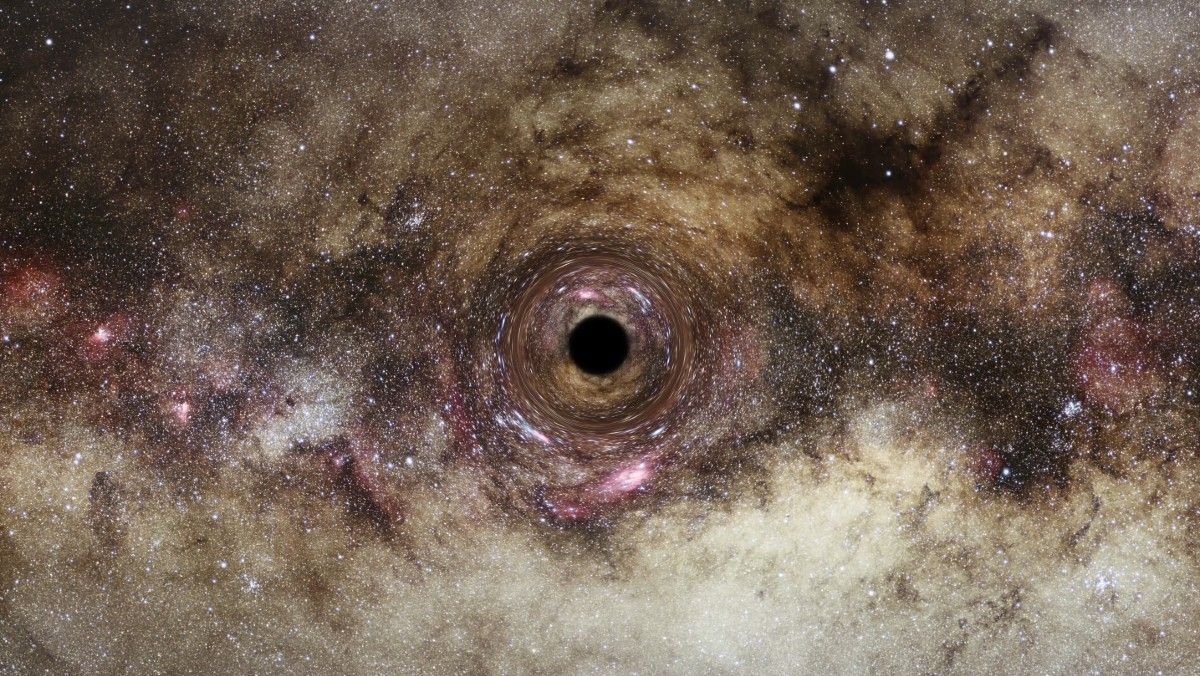-
An international team of scientists discovers how this giant body has managed to hide itself for decades
An international team of scientists found the largest black hole ever discovered: a giant with the mass equivalent to 30,000 of our suns and hidden to some 2 billion light years away of us. His finding, announced this Wednesday by the ‘Royal Astronomical Society’, has surprised the scientific community. And not so much because of the spectacular size of this black hole (also), but because of the way in which it has been found (since, according to the authors of the discovery, it could revolutionize the way in which we have searched for this type up to now). of objects throughout the universe).
The story starts like this. Almost twenty years ago, Professor alastair’s edge from Durham University in the United Kingdom, was reviewing images of galaxies located millions of light-years from our planet when he noticed a strange curvature. That peculiarity was hovering in his mind for years until, some two decades later, a team of researchers from his university decided to start a project to estudy how light travels through the universe and how, along the way, it might react to the encounter of different large objects.
It was like the scientists create the simulation most powerful to date study how the light of distant stars and galaxies would react in the presence of increasingly large black holes. This tool, implemented on a state-of-the-art British supercomputer, made it possible to create hundreds of thousands of scenarios to study this phenomenon. And one of them, against all odds, ended up with An image captured by the Hubble Space Telescope in which it was possible to observe that strange curvature around a galaxy that two decades before had surprised Edge. The find had been before his eyes all this time.
How is a black hole hidden?
Now imagine the surprise of the scientists when they saw that the simulation of a black hole giant and distant returned exactly the same image that they have in their hands. This startling coincidence put researcher James Nightingale on the trail and, after multiple analyses, his and his team managed to proving the existence of this giant black hole hidden behind a cluster of distant galaxies located millions of light years from our planet.
Related news
But how can a black hole with the mass of 3,000 suns? will stay hidden for so long? According to the experts, the reason is simple. It turns out that the observed galaxies were acting as gravitational lensing. That is, they were ‘deflecting’ the light and hiding the black hole. Hence, until now, this gigantic body remained hidden.
«This is an extremely exciting discovery»
«This black hole is one of the largest ever detected and is at the limit of what we theoretically believe a black hole can be, so we consider that this is an extremely exciting discovery«, explains Nightingale after the publication of this space discovery. «The fact that it ‘hides’ behind a gravitational lens allows us to study what an inactive black hole is like. This could allow us to detect many more black holes beyond our local universe and reveal how these exotic objects evolved further back in cosmic time.»

